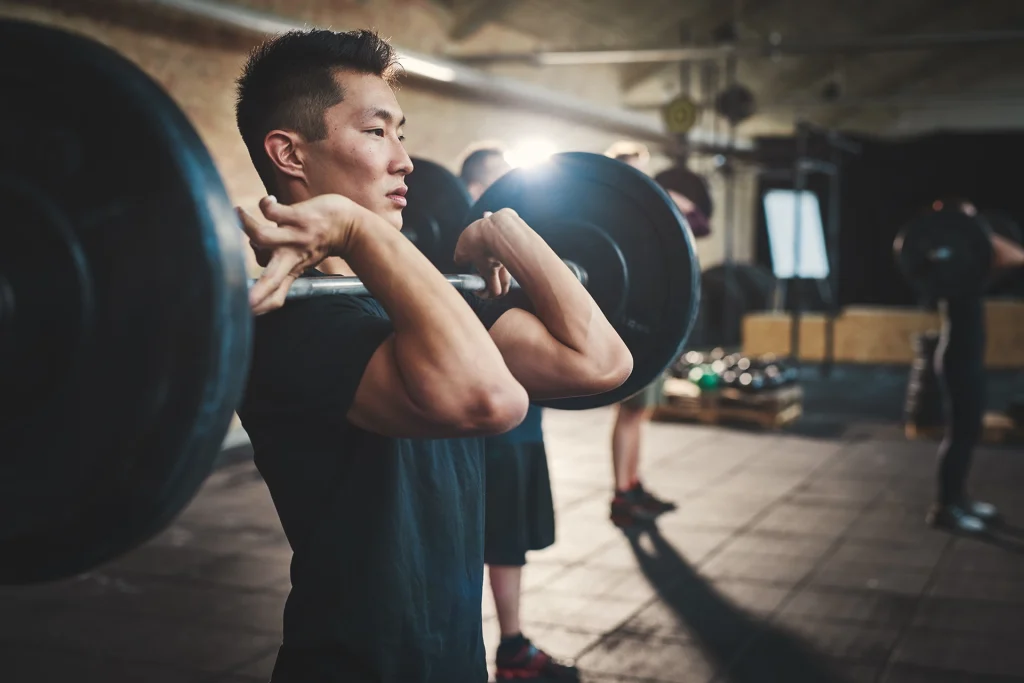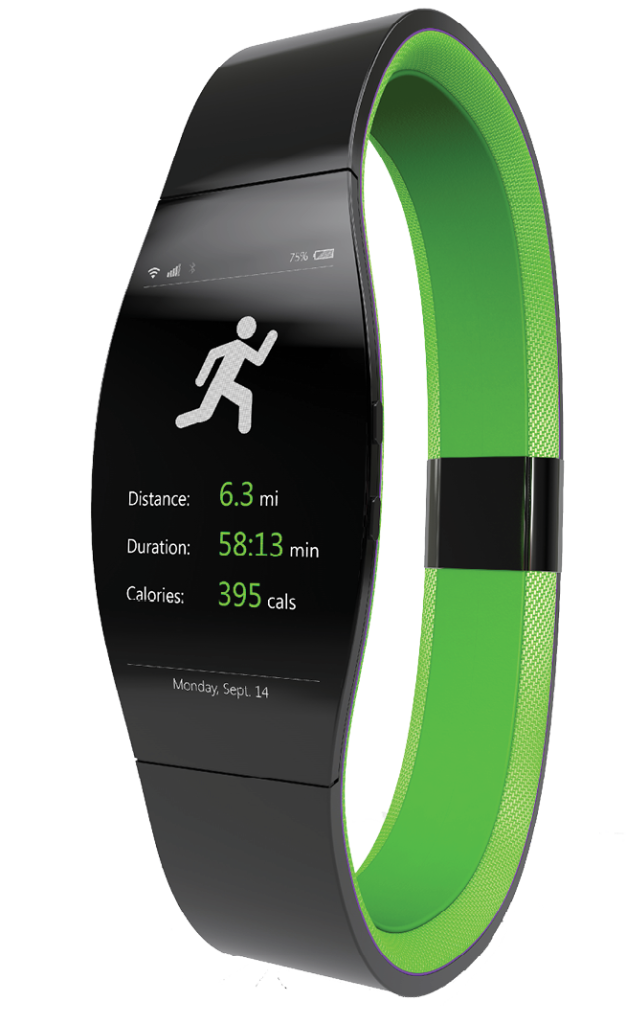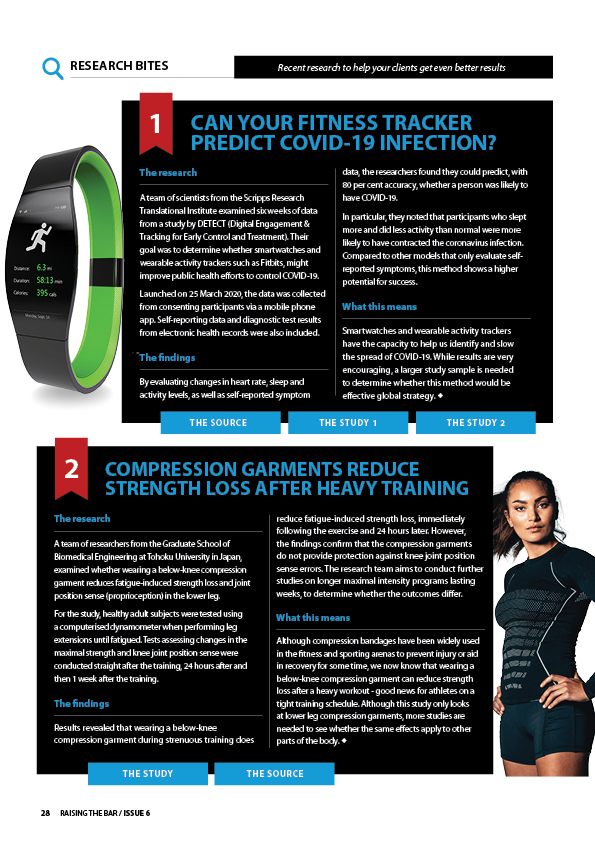Research Bites

1. CAN YOUR FITNESS TRACKER PREDICT COVID-19 INFECTION?

The research
A team of scientists from the Scripps Research Translational Institute examined six weeks of data from a study by DETECT (Digital Engagement & Tracking for Early Control and Treatment). Their goal was to determine whether smartwatches and wearable activity trackers such as Fitbits, might improve public health efforts to control COVID-19.
Launched on 25 March 2020, the data was collected from consenting participants via a mobile phone app. Self-reporting data and diagnostic test results from electronic health records were also included.
The findings
By evaluating changes in heart rate, sleep and activity levels, as well as self-reported symptom data, the researchers found they could predict, with 80 per cent accuracy, whether a person was likely to have COVID-19.
In particular, they noted that participants who slept more and did less activity than normal were more likely to have contracted the coronavirus infection. Compared to other models that only evaluate self-reported symptoms, this method shows a higher potential for success.
What this means
Smartwatches and wearable activity trackers have the capacity to help us identify and slow the spread of COVID-19. While results are very encouraging, a larger study sample is needed to determine whether this method would be effective global strategy. ®
2. COMPRESSION GARMENTS REDUCE STRENGTH LOSS AFTER HEAVY TRAINING

The research
A team of researchers from the Graduate School of Biomedical Engineering at Tohoku University in Japan, examined whether wearing a below-knee compression garment reduces fatigue-induced strength loss and joint position sense (proprioception) in the lower leg.
For the study, healthy adult subjects were tested using a computerised dynamometer when performing leg extensions until fatigued. Tests assessing changes in the maximal strength and knee joint position sense were conducted straight after the training, 24 hours after and then 1 week after the training.
The findings
Results revealed that wearing a below-knee compression garment during strenuous training does reduce fatigue-induced strength loss, immediately following the exercise and 24 hours later. However, the findings confirm that the compression garments do not provide protection against knee joint position sense errors. The research team aims to conduct further studies on longer maximal intensity programs lasting weeks, to determine whether the outcomes differ.
What this means
Although compression bandages have been widely used in the fitness and sporting arenas to prevent injury or aid in recovery for some time, we now know that wearing a below-knee compression garment can reduce strength loss after a heavy workout – good news for athletes on a tight training schedule. Although this study only looks at lower leg compression garments, more studies are needed to see whether the same effects apply to other parts of the body. ®
